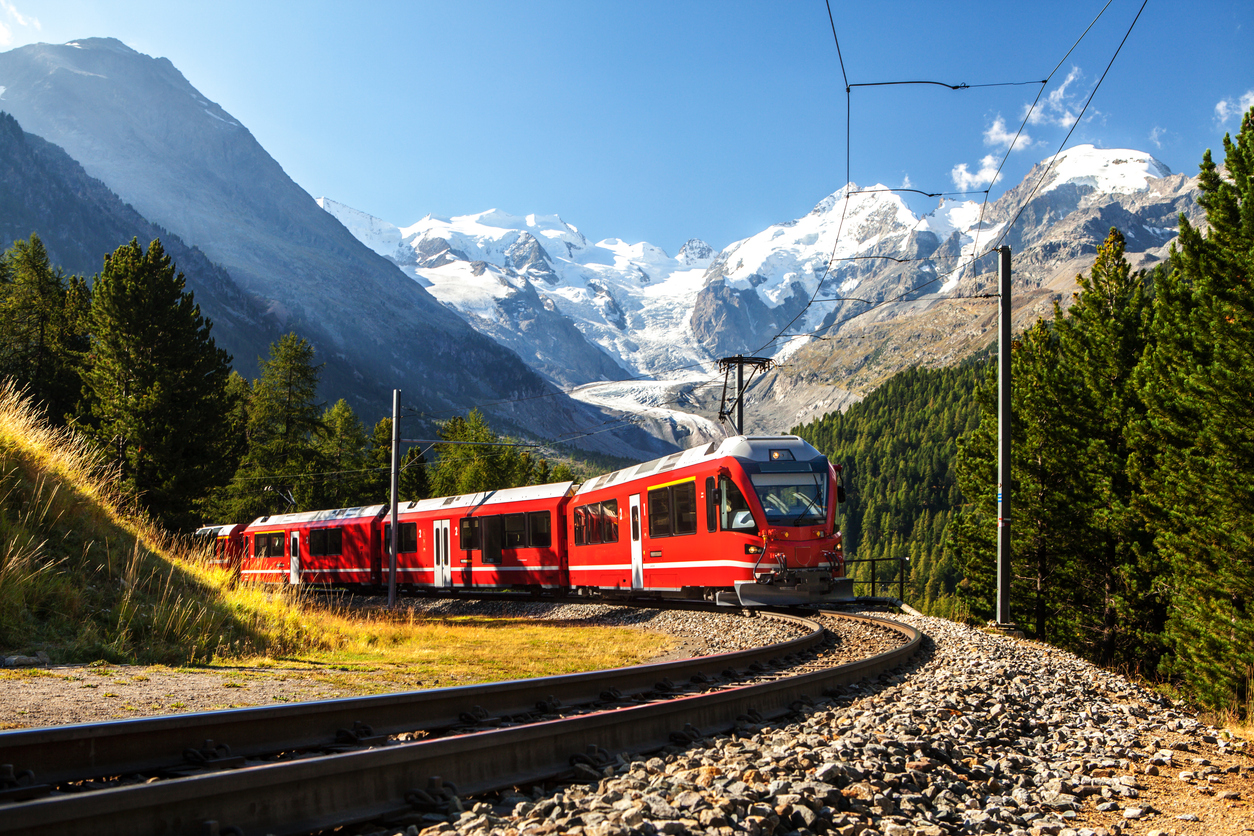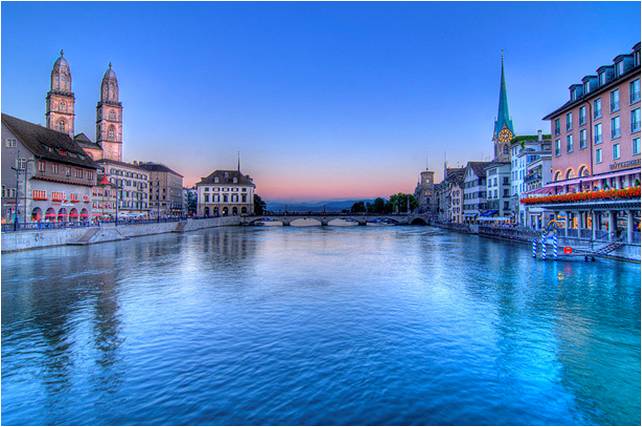Snow, skiing, scenic routes. and St. Moritz are the first things that come to mind when my friend in New York suggested holidaying together in Switzerland for six days this past November. Of course, neither of us has ever skied (and frankly, I’m not sure I even want to). And more to the point, nor do we drive; having both been lucky enough to live in cities with excellent public transportation, and the lack of this skill becomes conspicuous only when the idea of a scenic road trip presents itself.
But like many countries in Western Europe, this mountainous land prides itself on offering its residents and visitor alike an efficient and seamless Swiss Railways system, with routes that meander through scenes that range from tranquil to dramatic, serving up tableaux of beauty to cleanse the senses of city dwellers seeking a break from the concrete jungle, and a SwissPass that makes it all eminently affordable. And even if you don’t ski or snowboard this spectacular country is packed from end to end with culture, cuisine, music, and amazing experiences of all stripes.
So…alle einsteigen, tous à bord, tutti a bordo – and all aboard!
Basel
We flew into Switzerland’s third largest city, and before embarking on our scenic Swiss rail tour we spent a day enjoying the sights and experiences here, which unfolded readily and drew us in. Front and centre is Basel‘s backbone, the serene Rhine River, lined with landmarks on both banks; unlike the Thames or the Seine, here the Rhine is fairly clean, as well as shallow enough for swimmers to enjoy in warmer months – a huge plus in my book!
We found the Altstadt (Old Town) to be a real charmer, with its picturesque Marktplatz (Market Square) and Romanesque/Gothic Münster cathedral, built from the 11th through 15th centuries and sporting a vibrant red-sandstone façade and intricate yellow-and-green roof tiles. And we enjoyed a couple of the more than 30 fascinating museums (for example, there’s the Kunsthalle, which focuses contemporary art; the Museum of Ancient Art, devoted to especially to the Mediterranean region; the Cartoon Museum, the Natural History Museum, and many more).
And on another personal note, I found myself particularly taken with the Tinguely Fountain, built in 1977 on Theaterplatz, a set of kinetic sculptures which dance with the water – and locals say transforms into a mesmerising ice sculpture in the winter).
Most visitors fly into Switzerland’s largest and perhaps most internationally famous city (the other main international gateway, of course, is Geneva), also the country’s economic hub and capital of chocolate. And from Basel it was just an hour by through a landscape of some lesser mountains to Zurich, whose wonderful advantage we found was that it let us indulge in history, culture, and luxurious living whilst being a hop and a skip away from the glories of nature. Among other things, we roamed its cobblestone Altstadt; browsed designer boutiques on Bahnhoffstrasse; and quaffed artisan hot chocolate alongside Lake Zurich.
Then in fewer than ten minutes found ourselves atop a mountain, roaming romantic forest paths and blissing out in an Ayurvedic massage at a spa retreat. Taking the S-Bahn train from Triemli to Uetliberg station 20 minutes away, we made the easy hike up Uetliberg Mountain to breathe in the crisp air and watch the sun setting over the city with a glass of glühwein (mulled wine) a slice of cake at the restaurant up here (furthermore, we even climbed the many steps of the 186-metre/610-foot observation tower outside for an even more incredibly panoramic view).
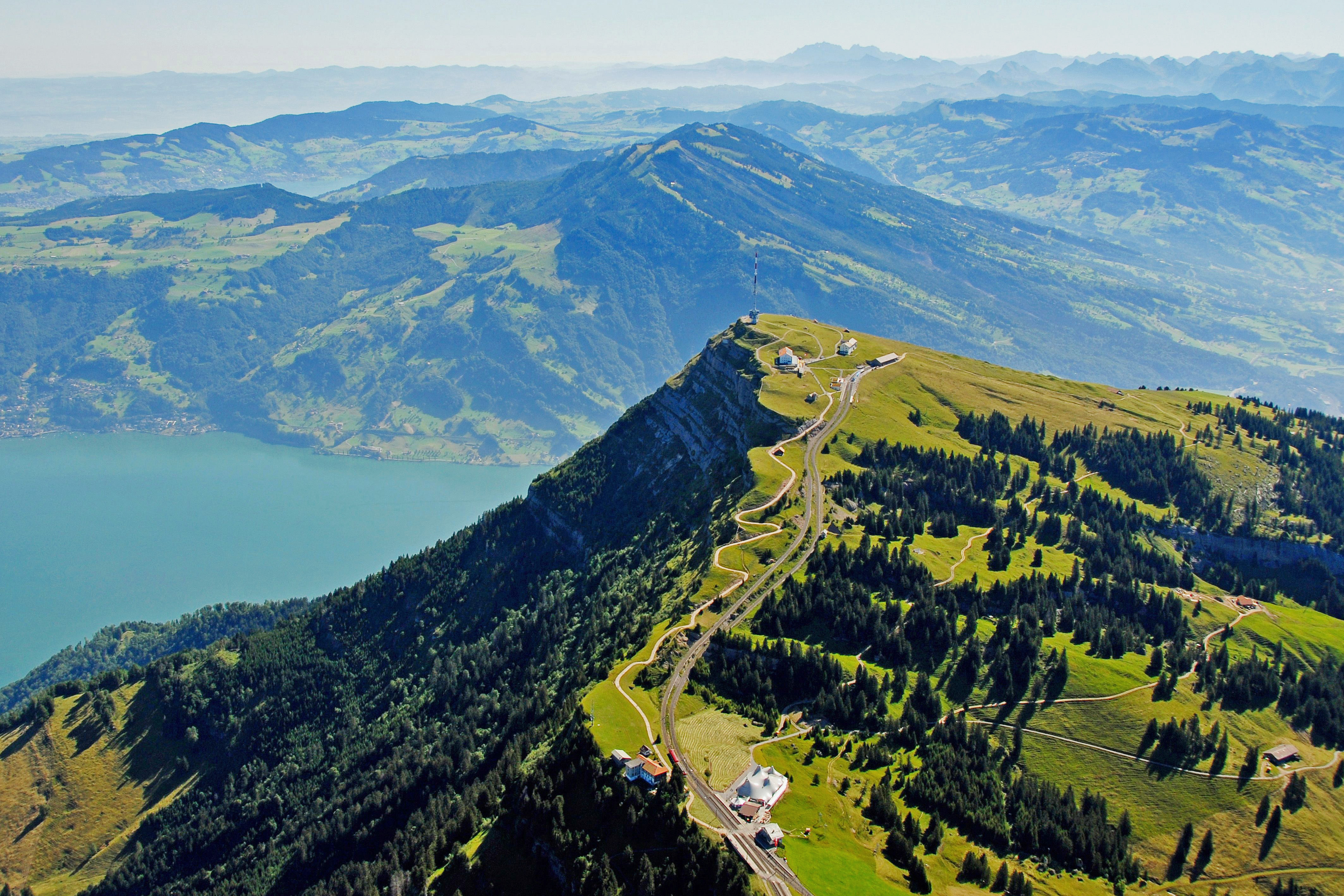 Rigi Plus
Rigi Plus
A Side Jaunt from Zurich
There are several superb day trips you can take from Zurich, including UNESCO-World-Heritage sights in the national capital Bern, or exploring crafts in the town of Winterthur. But but we decided on the slightly more ambitious two-hour trip to Mount Rigi, billed as “the Queen of Mountains”.
The sky looked optimistic as we set out on the morning of our trip; bright blue, speckled with white clouds but after arriving at Arth-Goldau station and transferring to the cogwheel railway up to Rigi Kulm, the clouds expanded and turned slate grey before finally covering the bold green scenery rushing past us in the cog-wheel train, with a drab rainy veil (the lesson here is: visit perhaps do so in late spring, in summer, or at the peak of winter when blue skies are most likely).
Once we realised the rain wasn’t dissipating anytime soon, we decide to take a detour back to Zurich; the cog-wheel train (Europe’s oldest) down to Vitznau and a boat ride over Lake Lucerne to the emphatically very Teutonic-flavoured city of Lucerne. It was still raining rather hard, but we endured it for a while for the lovely mediaeval sights along the river and strolling some of the seemingly countless pretty bridges spread across the river before heading back to Zurich in preparation for the piece de resistance of our trip; the Panoramic Golden Pass journey to Montreaux.
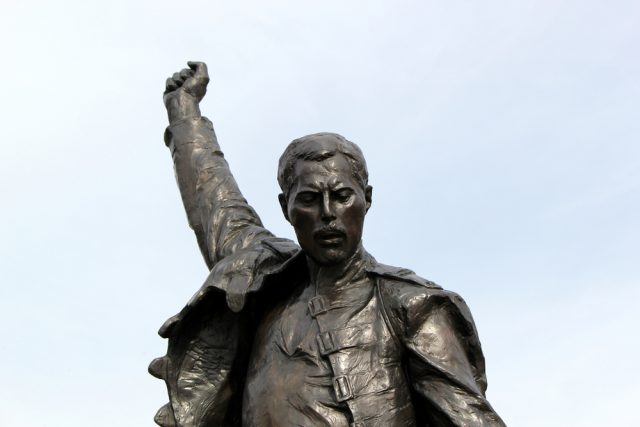 Cge2010
Cge2010
The GoldenPass Route to Montreux
SwissRail’s GoldenPass Line stretches from Lucerne to Montreaux, winding through the Bernese Oberland, Simmen Valley, Gstaad, and Lake Geneva. We joined the route at Zweisimmen along with a throng of fellow visitors all eager to claim a prime seat in one of the panoramic carriages (so if you’re keen to take photographs in the serene setting the scenery invites, this is where your first-class Swiss Travel Pass will come in handy).
The views were splendid, with the train winding through a lush vast valley that at times closes in and becomes so narrow it’s as if the mountains are leaning in to whisper to one another. And as we descended towards Montreaux, Lake Geneva glistened in all its glory.
Alighting at Montreax, we strolled along the promenade appreciating the decidedly French architecture and headed to the Freddie Mercury memorial (the lead singer of Queen wrote their last album in Montreaux and settled there for its “peace and quiet”). We got to his statue on the waterfront as the sun was setting, bathing it in a golden glow. This charming city deserves at least a day on a visitor’s itinerary, but our schedule only allows for an hour and we’re soon headed back to the train station and on our way to our final destination...
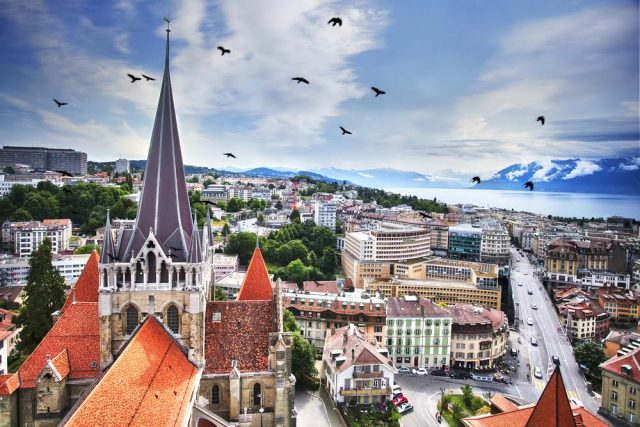 Eyef Dee
Eyef Dee
Lausanne
The world’s Olympic Capital is quite a contrast to Zurich and Basel – French in language as well as culturally and aesthetically. And with its steep streets and trams, Lausanne feels like a cross between Paris and San Francisco. This pretty lakeside city is easily walkable (if you don’t mind the hilly streets!) and offers visitors a varied and delectable menu of art, culture, and cuisine.
Visits to the Olympic Museum and lakeshore Olympic Park are a must, and all exhibitions are free with the Swiss Pass. Lausanne was also recently awarded “Great Wine Capital” status and is s the gateway to the Swiss wine region of Vaud, with the city itself boasting five wine estates. And by the way, Zurich might be Switzerland’s chocolate capital, but Lausanne has it plenty of lovely, bespoke independent chocolatiers, too – and we indulged in a couple before hopping our final train, to Geneva airport.
It was all glorious, it all went by all too fast, and left me hungering for the many other areas of Switzerland still to discover – and once again, via its superb rail system!
More info: MySwitzerland.com, SwissRailways.com.
Akeela Bhattay is a London based journalist with a passion for and experience in writing about travel, music, wellness and fashion.


